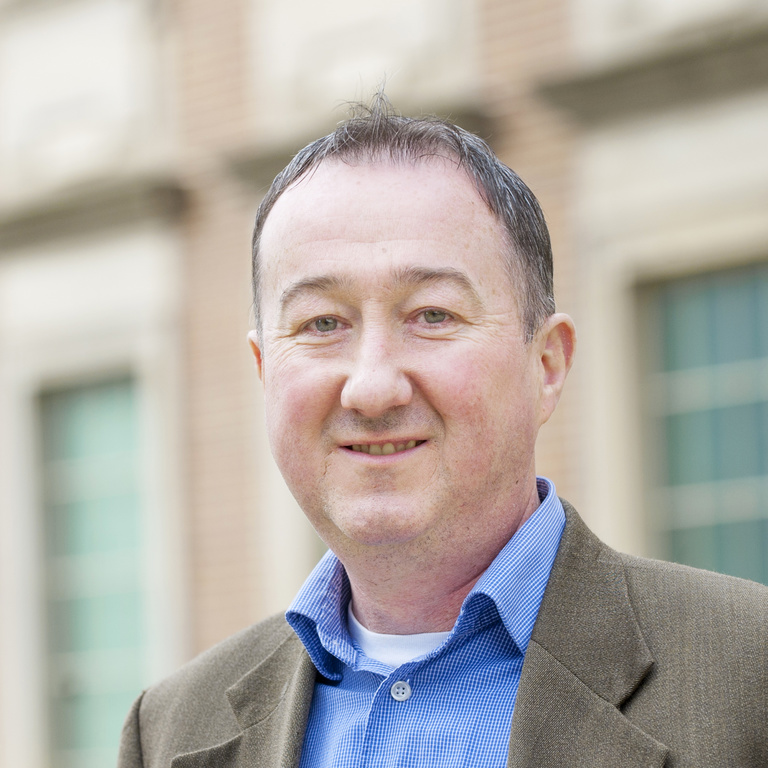Leonard MacGillivray, Ph.D.
Our research is in the field of supramolecular chemistry - an area that bridges chemistry, physics, and biology through exploiting noncovalent bonds - as related to organic solids. Our efforts involve the crystal engineering of:
i) Organic solid-state reactivity
The ability to make covalent bonds in the organic solid state impacts fields ranging from organic synthesis (e.g. new molecules) to green chemistry (e.g. solvent-free synthesis) to materials science (e.g. information storage). We use template molecules (e.g. resorcinol) to direct the formation of covalent bonds in solids. Both hydrogen-bond and coordination-driven self-assembly are used to position olefins in multi-component assemblies in solids for [2+2] photodimerizations.
ii) Organic semiconductor materials
Organic semiconductors molecules (e.g. pentacene) are leading candidates in the design of flexible electronics (e.g. electronic paper). We have shown how organic semiconductors can be forced to stack into face-to-face arrangements in solids. We introduced a class of semiconductor materials known as ‘semiconductor cocrystals’ where we showed that cocrystallizations of organic semiconductors afford π-stacking arrangements. We are collaborating with Prof. Alexei Tivanski (Dept. of Chem., UI) to study the electrical properties of the semiconductor solids.
iii) Pharmaceutical cocrystals
The bulk properties of an active pharmaceutical ingredient (API) (i.e. drug molecule) can be altered using molecules that cocrystallize with an API to give a new solid form. We have described cocrystals involving caffeine and carboxylic acids based on competing hydrogen-bonded heteromolecular synthons. We have also described the first pharmaceutical nanococrystals and a unique role of tautomers in cocrystal design and formation. We are collaborating with Dr. Geoff Zhang of Abbvie (Chicago, IL) to develop targeted pharmaceutical cocrystal materials.
- Chemistry
